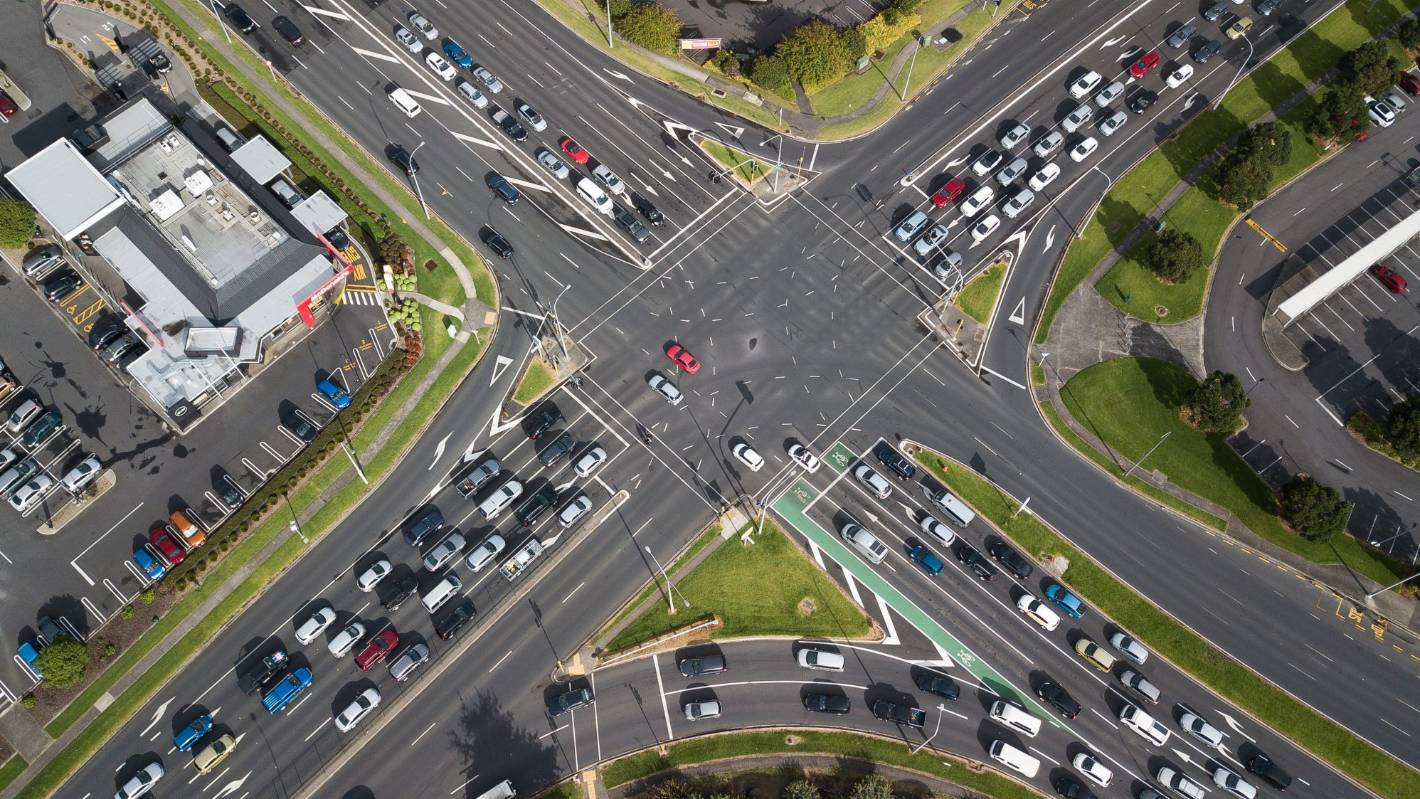In the heart of a bustling city, the meeting point of two one-way streets often becomes the epicenter of activity and the site of numerous challenges for motorists and pedestrians alike. This busy intersection serves as a critical juncture, accommodating the constant flow of traffic and creating a dynamic environment where careful navigation is key. In this article, we will explore the intricacies of such an intersection, highlighting the various factors that make it unique and discussing effective strategies for safe and efficient transit.
Understanding the Dynamics
- The One-Way Street Phenomenon
- Examining the Purpose and Benefits: One-way streets are designed to regulate traffic flow efficiently, increasing road capacity and reducing congestion.
- Advantages for Pedestrians: Pedestrian safety is enhanced as they only need to look for traffic coming from a single direction when crossing the street.
- Challenges for Drivers: Negotiating turns and anticipating the correct lane can be challenging, especially at intersections where multiple one-way streets converge.
2. The Intersection as a Convergence Zone
- Increased Complexity: When two one-way streets intersect, the complexity of the intersection multiplies due to the need for drivers to consider the flow of traffic from different directions.
- Traffic Pattern Considerations: Understanding the traffic patterns and the timing of traffic signals is crucial for efficient movement through the intersection.
Navigating the Intersection
- Observing Traffic Signals
- Redefining the “Green Light”: As drivers approach the intersection, they must carefully observe the traffic signals to determine the right-of-way and proceed accordingly.
- Yielding and Right-of-Way: Yielding to vehicles already in the intersection and respecting right-of-way rules ensures a smoother traffic flow.
2. Lane Positioning and Turns
- Early Positioning: Choosing the correct lane well in advance is essential to prepare for upcoming turns and avoid last-minute lane changes.
- Signal Indicators: Utilizing turn signals allows other drivers to anticipate your movements and adjust their own accordingly, reducing the risk of collisions.
- Planning Ahead: Understanding the layout of the intersection and pre-planning turns help drivers navigate smoothly and avoid unexpected lane changes.
3. Pedestrian Safety
- Crosswalk Awareness: Pedestrians must adhere to designated crosswalks and be aware of the traffic flow from both directions before crossing.
- Eye Contact: Establishing eye contact with drivers before stepping onto the road ensures they are aware of your presence.
- Time and Patience: Pedestrians should exercise patience and wait for the appropriate signal before crossing, even if the intersection seems clear.
Wrapping It Up
Understanding the purpose and benefits of one-way streets, as well as the challenges they pose, is crucial for safe and efficient navigation. By carefully observing traffic signals, positioning themselves correctly for turns, and prioritizing pedestrian safety, drivers can ensure a smoother and less chaotic experience at these bustling intersections. Likewise, pedestrians must exercise caution and adhere to traffic rules to stay safe while crossing.
Read More: The Rise of Online Business in the World of RG Gaming



[…] Read More: Where Two One-Way Busy Intersection Streets Meet? […]